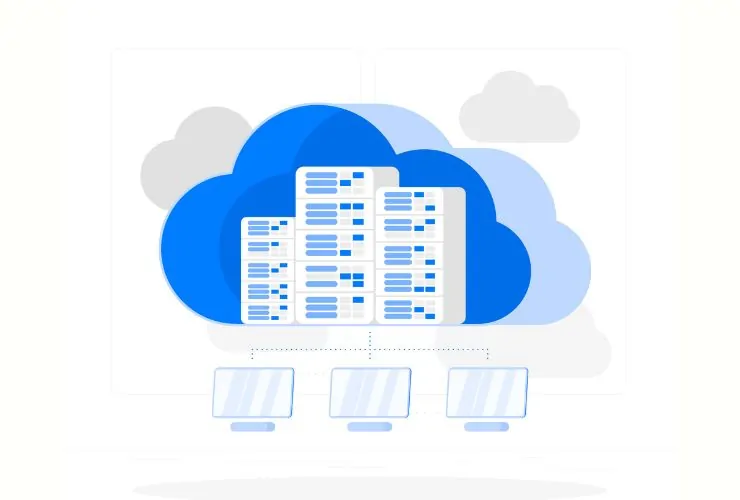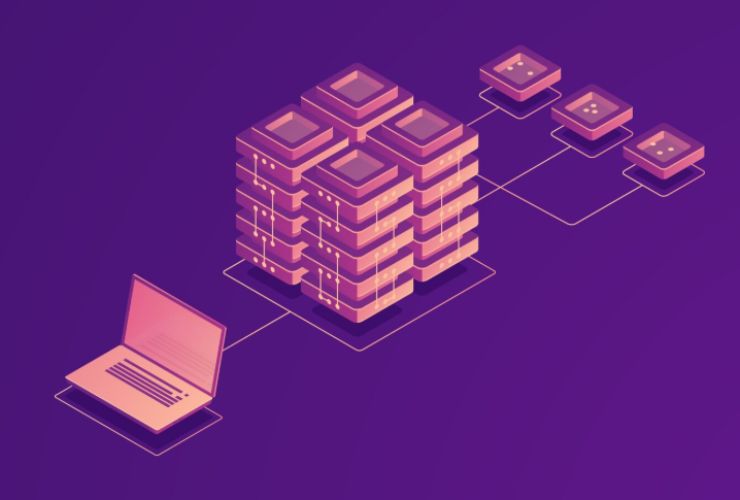In today’s rapidly changing business world, companies create and process a vast amount of data each day. From customers, sales, analytics, and operations, data is growing in volume, variety, and velocity. As your business expands, your database expands. Without an architectural technology and database planning, your database can be a bottleneck impacting system performance, user experience, and ultimately strategic business decisions.
Building a scalable database is key to ensuring your systems can support increased workloads, infinite growth, and have high availability. A properly architected database will increase performance, increase reliability, decrease operating costs, and enable business continuity. This guide discusses how organizations can properly architect a scalable database.
1. Grasp the Data Requirements
Enterprises must first and foremost carefully evaluate their current and future data requirements ahead of designing a scalable database system. When we are clear about our data environment, we can be sure the database will be built to accommodate system growth, without sacrificing performance.
Key aspects of data evaluation include:
- Volume of Data – Try to think about not only how much data you currently amass, but how much it will grow in the next 1, 3, and, 5 years. This type of thinking will aid in planning for storage, indexing, and partitioning decisions.
- Variety of Data – What types of data are there: structured (customer information, sales records), semi-structured (JSON, XML), and unstructured (videos, documents), etc.
- Access Patterns – What is the read/write ratio, and peak usage and complexity of queries? If the system is read heavy there is benefit to a replication strategy; if write heavy you may need an optimized transaction design.
- Compliance Needs – Is the database design compliant with the common industry regulations, such as GDPR, HIPAA, or PCI DSS? Compliance can influence storage, retention, and access control.
After you have documented the data requirements, you will have established a foundation for a database architecture able to scale alongside the enterprise.
2. Selecting the Proper Database Type
Choosing the appropriate database technology is essential because of its implications for scalability. The selection depends on types of data you will store, the complexity of queries, expected growth, and business needs.
Consider:
- SQL Databases: Best for structured data with properly defined relationships. Examples: MySQL, PostgreSQL, Microsoft SQL Server. SQL databases provide the benefits of strong consistency, complex queries, and mature tools to manage performance.
- NoSQL Databases: Best for storing large amounts of unstructured and/or semi-structured or semi-structured data. Examples: MongoDB, Cassandra, DynamoDB. NoSQL databases provide flexibility, horizontal scaling, and fast writes, which are key to real-time applications.
- Hybrid Approaches: Some enterprises benefit from running both SQL and NoSQL databases and taking advantage of the benefits they provide. For example, you can use PostgreSQL for transactional data and MongoDB for analysis and user-generated content.
Choosing the proper database type can lay the groundwork for their future scalability and any present and future business needs.
3. Preparing for Horizontal and Vertical Scalability
Scalability can take two forms, vertical scalability and horizontal scalability.
- Vertical Scalability (Scale-Up): Increasing the capacity of existing servers (CPU, RAM, storage). Vertical scalability is easier to implement, however, it has limitations due to hardware constraints and capex limits.
- Horizontal Scalability (Scale-Out): Adding more servers or nodes to help distribute workloads. Horizontal scalability is the ideal solution for long-term growth, high availability, and deployments across the world.
By planning for both scaling solutions at the outset, you can ensure that your database can support future growth as efficiently as possible.
4. Optimize Database Architecture
When a database is built to scale, it relies on a strong architecture to set the right balance among performance, reliability, and manageability.
A few best practices:
- Partitioning/Sharding: Split your large amounts of data across multiple tables or servers to better balance your load and improve query performance.
- Indexing: Indexing can improve searches, but too many indexes add too much overhead. Only index where it makes the most sense, and look for composite indexes on columns that are most queried. If column 1 and column 2 are both queried, consider indexing on both together.
- Caching Layers: Consider caching layers (e.g. Redis or Memcached) to alleviate pressure from your database every time a user refers to the same dataset in a query. It will also optimize response times.
- Replication: Consider replication for read replicas to help distribute read-heavy workloads and add redundancy in the system so it protects against downtime.
Pro Tip: Normalization and denormalization. In a proper architecture to optimize for performance against integrity of data.
5. Plan for High Availability and Disaster Recovery
A scalable database means much more than increased traffic — that database must also remain reliable and available even during failures.
Some strategies include:
- Automatic Failover: Configure backup servers that will take over automatically if the primary database goes down.
- Regular Backups: Schedule and perform backup consistently to guard against accidental deletion, corrupted data, or hardware malfunction.
- Multi-Region Deployment: For enterprises with a global client base, deploy databases across regions to promote low latency and keep them up in the event of local outages.
- Drill Disaster Recovery: Examples include routinely testing recovery processes to verify continuity of operations.
Preparing for high availability mitigates the risk of downtime costing their enterprise revenue and clients.
6. Monitor, Test, and Optimize Continuously
Scaling a database is an ongoing process! Continuous monitoring and optimization is the only way to ensure you keep performance once your enterprise scales.
Some key practices are:
- Performance Monitoring: Utilization of tools like New Relic, Datadog, or Prometheus to track query performance, server load, and latency.
- Stress Testing: Testing a high traffic environment to identify bottlenecks prior to them affecting actual users.
- Regular Optimization: Periodically assessing index strategies, query optimization, or making changes to the data structure into to ensure maximum efficiency.
- Capacity Planning: Continuously sorting through storage and processing needs and planning for future upgrades.
7. Make Your Database Solutions Future-Ready
A database designed to scale should be future-ready for technology and usage requirements:
- Cloud-Based Databases: If you don’t manage your own server and will be implementing cloud-based solutions, Amazon RDS, Azure SQL Database, or Google Cloud Spanner has the built-in scalability, high availability, and managed maintenance that workflows demand.
- AI and other analytics tools: When appropriate, make sure your database can process and support the utilization of analytics, machine learning models, and real-time reporting.
- Flexibility of Schema: Make sure your schema design can accommodate new data types and changing business rules without major redesigns.
Future-ready provides value-existing and new customers, reduces technical debt, and ensures the database can support long-term growth in the enterprise.
Conclusion
For growing enterprises, implementing a scalable database is critical to consistently provide high performance, reliability, and operational efficiency, especially when the data required increases. By understanding data requirements, selecting the database type, designing horizontal and vertical capability, optimizing the architecture, ensuring high availability, and continuously monitoring performance of operations, enterprises will have scalable databases that will grow with them.
A scalable database does so much more than store data-a scalable database empowers enterprises to innovate faster to better meet customer needs thus remaining competitive in an environment heavily influenced by data. Investing time and resources into planning scalable solutions for your databases today will pay dividends in operations efficiency, customer satisfaction, and continued growth in the future.














